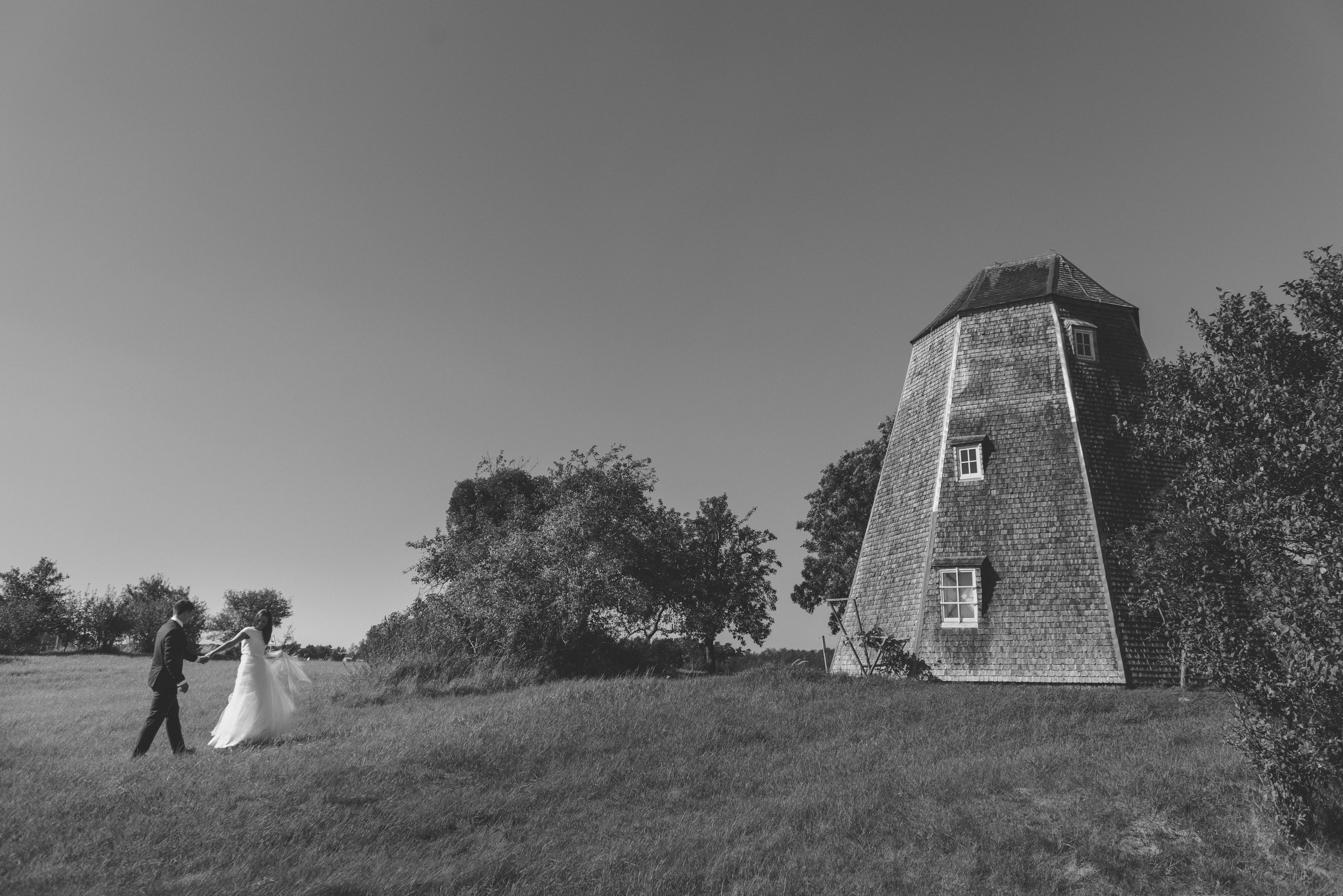Hondurans love soup. Served at most family gatherings and almost every semi-formal dinner party, it is the true measure of a cook’s culinary skills. As a main dish, some restaurants do not serve anything else. Most traditional “sopas” have variations throughout Latin America, maintaining their regional distinction through the use of locally sourced seasonings and spices. Most are thin, not thick, and the successful combination of homegrown ingredients, along with cooking techniques from various ethnic cultures is a true art.
Some of the classics that no visitor should miss:
MONDONGO SOUP: This is the king of Latin American soups. Available throughout the American continent south of Mexico, in hundreds of local variations, it traces its roots to the Caribbean island of Dominica in Spanish colonial times. According to historians, it began among African slaves as a means of using animal products not considered fit for the master’s table, along with vegetables and seasonings from their small gardens and the surrounding jungle.
The Honduran version of Mondongo has as key ingredients beef or pork tripe and the bones of the feet. Added to this are common vegetables such as potatoes, purple onions and corn cut into wedges. Add some squash and patastes, as well as the ubiquitous plantains and yuca. Season well with coriander and ground cumin, and you have the makings of a meal fit for a royal occasion.
SNAIL SOUP: Perhaps the most famous traditional soup due to the very popular song of the same name. Historically, it is again of Spanish colonial origin, drawing heavily on the culinary traditions of the Garifuna people of northern Honduras of African descent.
This is a flavored soup with the meat of the Conch mollusk, which can be bought in supermarkets in Honduras. The locals say that the key to a good Sopa de Caracol is the use of shredded coconut and coconut milk. Vegetables are added to the broth, including white onions with green heads, baby corn, green beans, celery, chayote, and the obligatory plantains. When the Shell is substituted for other shellfish, it becomes a Seafood Soup or Sopa Marinera.
SOPA DE OLLA: Literally “Soup from the Pot”, it has no official history because it does not have an official recipe. The Honduran variety is made with beef ribs and broth, with vegetables, generally potatoes, chayote, squash, carrots, onion, corn cut into wedges, and cassava, flavored with traditional seasonings. It’s easy to make and it’s a very filling beef and vegetable stew.
TOPADO OLANCHANO: This is a traditional soup made with dried meat. It can hardly be called a soup, but it is a hearty meat and vegetable stew, combining beef with spare ribs, salted pork skins, yucca, potatoes, plantains, and a special sausage called Chorizo Olanchano. Making this dish is an all day project and is a suitable meal for the most important guests. This is not for vegetarians or weight watchers, but don’t pass it up!
SOPA DE CAPIROTADAS: This is a cheese ball soup, which originated in Spanish colonial times among Catholics too poor to buy fish for Lent. The traditional Honduran version combines grated local cheese with fresh ground corn masa and is shaped into small round cakes. These are stewed in chicken broth along with carrots, chayote, and potatoes, making a wonderfully rich and hearty soup for Holy Week. Anyone in Honduras during Holy Week should try this, not just because it tastes great, but because of its religious and cultural significance.
TOPADO DE PESCADO SECO: It is a very tasty soup made with dried fish, and it is also traditionally reserved for Easter. The secret here is the addition of coconut milk to the fish broth, along with cassava, green plantains, and plantains. It is a clear soup, and very tasty. This soup has great traditional significance due to its religious connotations and is a staple during Lent.
Any visitor to Honduras looking for some degree of cultural immersion should start with the local foods, and traditional soups are a great place to start. Here one can literally savor cultural, colonial and religious history. Combined with a good cold Honduran beer, it is an experience that will never be forgotten.

